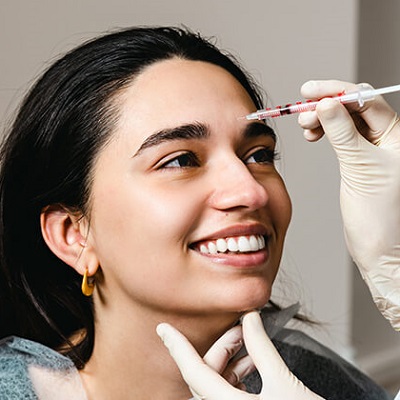Introduction
Migraines are more than just a headache; they are a debilitating neurological condition characterized by severe pain, nausea, and sensitivity to light and sound. Affecting millions globally, migraines can significantly impact daily life and productivity. While there are various treatments available, Botox has emerged as a prominent option for chronic migraine sufferers. This article explores what makes Best Botox Oman a leading treatment choice, delving into its effectiveness, mechanism of action, benefits, and considerations.
Understanding Chronic Migraines
Chronic migraines are defined as headaches occurring on 15 or more days per month, with at least eight of those days involving migraine symptoms. Unlike occasional migraines, chronic migraines require ongoing management and can be resistant to conventional treatments. Traditional options include over-the-counter medications, prescription drugs, lifestyle changes, and various non-pharmacological interventions. However, many patients continue to seek effective solutions for long-term relief.
Botox: An Overview
Botulinum toxin, commonly known as Botox, is a neurotoxic protein produced by the bacterium Clostridium botulinum. Originally used for cosmetic purposes to reduce wrinkles, Botox has also found applications in treating various medical conditions, including chronic migraines. The U.S. Food and Drug Administration (FDA) approved Botox for chronic migraines in 2010, marking a significant advancement in headache management.
Mechanism of Action
Botox works by blocking the release of acetylcholine, a neurotransmitter that facilitates muscle contraction and pain signaling. When injected into specific areas around the head and neck, Botox temporarily inhibits the nerve signals that contribute to migraine pain. This action reduces the frequency and severity of migraines by disrupting the pain pathways and minimizing the activation of pain receptors in the brain.
Effectiveness of Botox for Migraines
Clinical Evidence
Numerous clinical studies have demonstrated the effectiveness of Botox in reducing migraine frequency and severity. Research indicates that Botox can decrease the number of migraine days by approximately 50% for many patients. In a landmark study published in Headache (2010), patients receiving Botox injections experienced a significant reduction in migraine days and improved quality of life compared to those receiving a placebo.
Long-Term Benefits
Botox treatment for migraines is typically administered every 12 weeks. Many patients report sustained relief over time, with reduced reliance on acute migraine medications and an overall improvement in daily functioning. The long-term benefits of Botox treatment include fewer migraine days, reduced severity of attacks, and enhanced overall quality of life.
Advantages of Botox over Traditional Treatments
Minimal Side Effects
Compared to oral medications, Botox has a favorable side effect profile. Common side effects include mild pain at the injection site, temporary muscle weakness, or drooping of the eyelids. Serious side effects are rare, making Botox a safer option for many patients who cannot tolerate other medications.
Non-Systemic Approach
Botox is injected directly into specific muscles and nerves, targeting the source of pain without affecting the entire body. This localized approach reduces the risk of systemic side effects and interactions with other medications, making it a suitable option for individuals with complex medical histories or those who are sensitive to systemic drugs.
Reduced Medication Overuse
For patients who rely on frequent painkillers, Botox can help reduce medication overuse, a common problem in chronic migraine sufferers. By addressing the underlying cause of migraines, Botox minimizes the need for acute treatments and decreases the risk of medication rebound headaches.
Considerations and Limitations
Not for Everyone
While Botox is effective for many, it is not suitable for everyone. It is generally recommended for individuals with chronic migraines who have not responded well to other treatments. Botox is not intended for episodic migraines, and its effectiveness may vary based on individual factors such as headache frequency, duration, and response to previous treatments.
Cost and Accessibility
The cost of Botox treatment can be a barrier for some patients, as it is often not covered by insurance for migraine management. Patients should consider the financial implications and explore potential insurance coverage or financial assistance programs.
Conclusion
Botox represents a groundbreaking advancement in the treatment of chronic migraines, offering significant relief for those who have struggled with traditional therapies. Its unique mechanism of action, clinical effectiveness, and minimal side effects make it a compelling option for managing migraine symptoms and improving quality of life. While not suitable for everyone, Botox provides hope for many patients seeking a more effective and targeted approach to migraine management. As research continues and treatment options evolve, Botox remains a valuable tool in the quest for migraine relief.





Comments